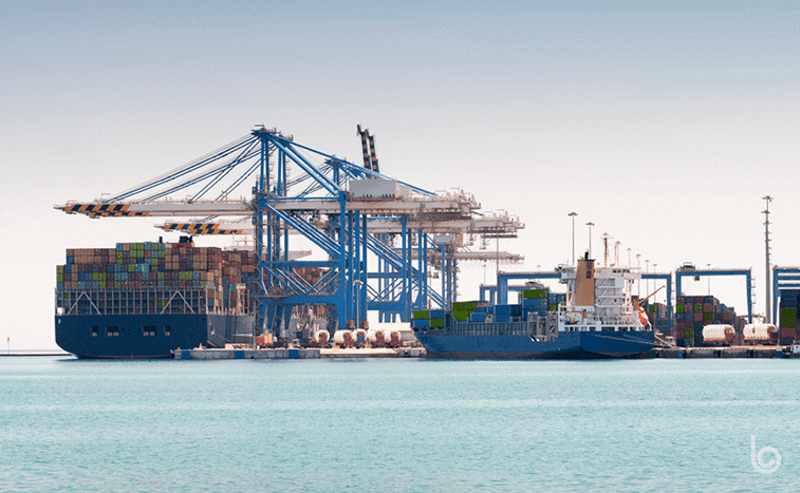The current state of the supply chain is dire. We all are seeing inefficiencies in every leg of a container’s move, but of course, today’s problems were not created in a vacuum. They didn’t magically appear overnight.
The inefficiencies were seeing, which opened the door for the near-complete congestion we’re experiencing on the ocean and in the ports, derives somewhat from the lack of actionable data in the supply chain. A near smothering amount of information is readily available in our everyday life. It’s curious that for many shippers, the data that is vital to their jobs is either not available or not accessible in a timely manner. Data, after all, is the lifeblood of the industry. If it’s difficult for shippers to get accurate, timely data from many of their supply chain partners, the logistics arena starts to fall apart.
This communication breakdown has always existed, but in the past, it has been easier to keep the flow of goods moving around the country. We’re now at an inflection point. With the congestion now impacting ports on both sides of the country and throughout the world, we as an industry need to take a hard look at how we’ve been operating and communicating. When there’s less backup, when the ships and railroads are schedule, this miscommunication is manageable. It is now way past manageable. It is also extremely costly to everyone in the supply chain.
Data and the digitization of supply chain process is the key. The correct use of cleansed and optimized data, in combination with the right supply chain technology solutions provider, can change the status quo.
What I’ve learned across my career is that we all have deep-seated issues. Early in my career, I dispatched drivers for a drayage company, and I’ve worked at two railroads. I’ve also been employed by a landlord port that had multiple terminal operators, each with its own independent operating systems. I worked for a chassis provider and saw challenges they and their customers faced due to inaccurate data flow. In fact, when I am currently on calls with customers, they are usually still talking about the same problems I experienced 25 years ago.
I truly believe many of those inefficiencies can be corrected. Systemic logistics issues need to be confronted and resolved with supply chain digitization. It all starts with collaboration and working with trusted advisors who understand logistics pain points. Technology can help by creating new data streams to benefit shippers, aligning information from multiple sources to provide timely, accurate status updates. This data can be double and triple-checked, consumed in real-time, to make sure shippers always have a clear picture of what is happening at the ports and during ocean transit and inland truck and rail movements. There’s a word for this, taking in different streams of data, double and triple-checking information, and creating new insights to help customers take preventative action: synthetic data. We didn’t invent the term at Blume Global, but we’re committed to the idea.
Combining supply chain data from multiple sources together into a single solution is the best possible outcome when dealing with today’s communication breakdown.
But not all data providers are created equal, so when weighing the next step in their digitization evolution, shippers need to be sure to partner with a provider with a long history in the industry, the solutions needed to overcome current problems quickly and a lasting, realistic vision for transforming the supply chain.
Blume Global created its digital operating platform with direct connections to carriers around the globe, enabling the unencumbered flow of granular visibility data and accurate ETAs across all modes. What does that mean for shippers? Direct connection to carriers enables Blume to provide near real-time updates to status, schedules, routes, cancelations, rolled shipments and missed cutoffs. Blume Global’s extensive industry history gives even the newest customers the benefit of valuable historical data concerning routes, shipments, and carrier performance.
contact us
Contact Us

